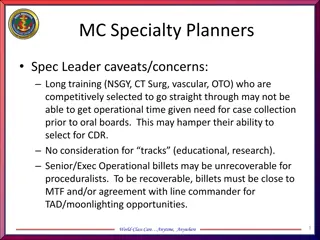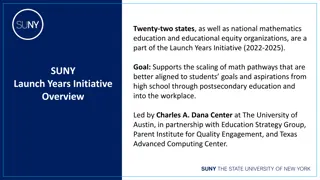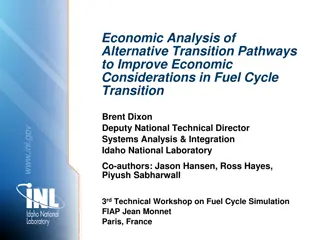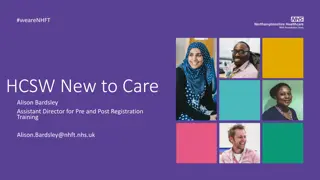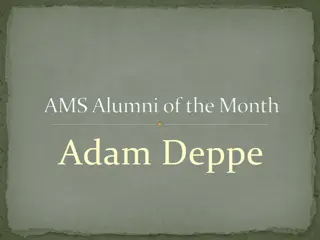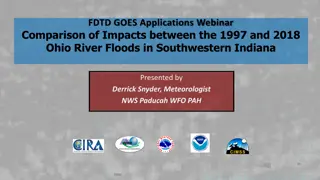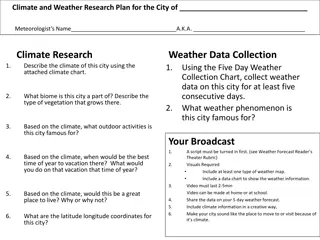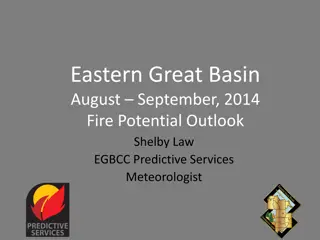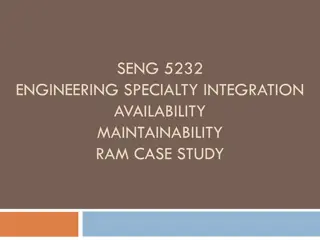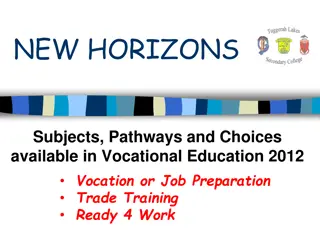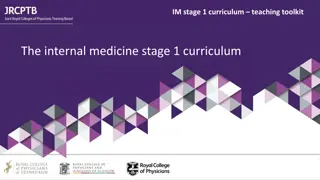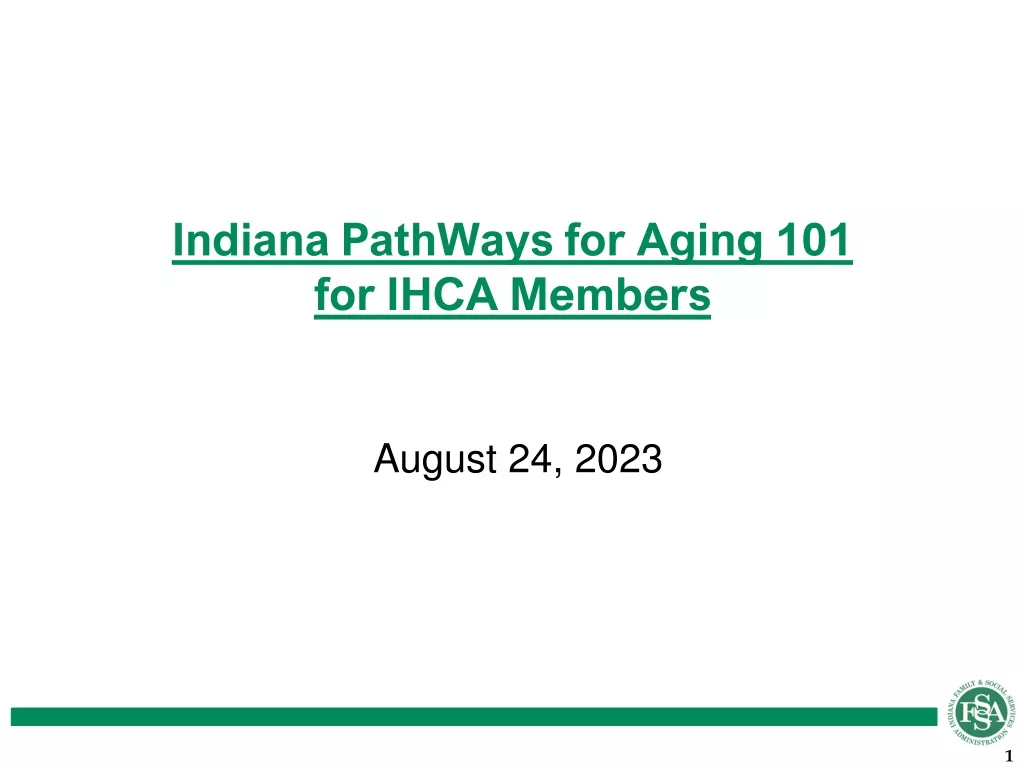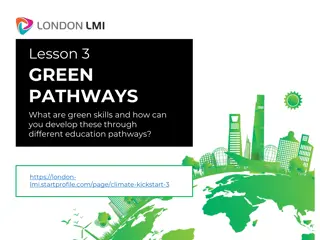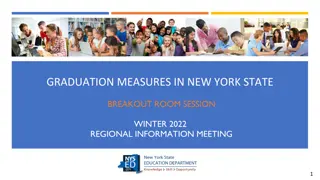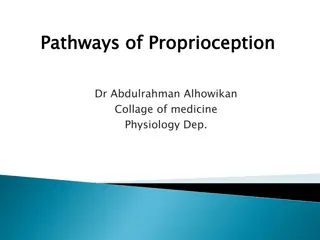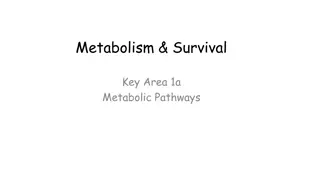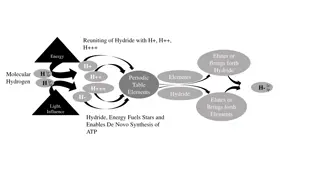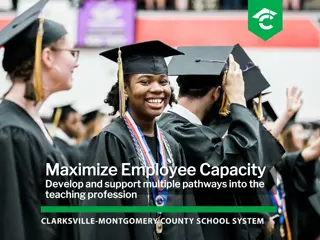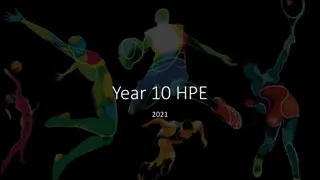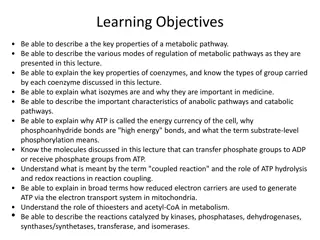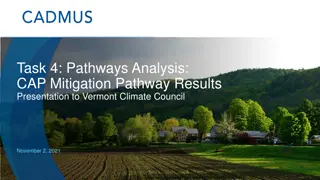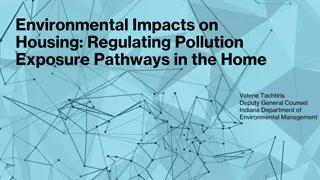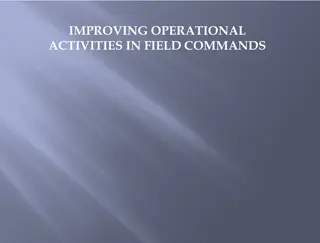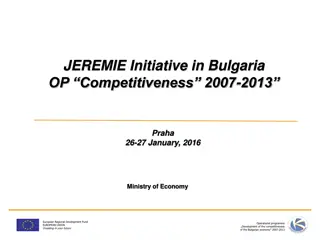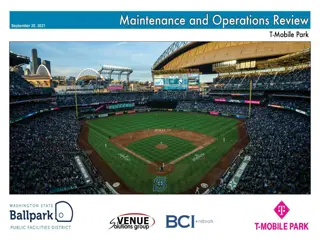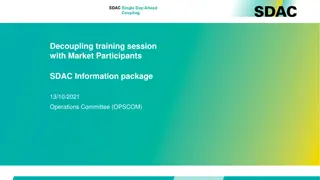Enhancing Operational Meteorologist Training Pathways
Explore the challenges and assumptions in operational meteorologist training, focusing on peer learning, weather briefings, structured training, and CPD. Address challenges like understaffing, language skills, local planning, motivation, and time constraints. Highlight the need for integrated training solutions to meet evolving roles and demands of operational meteorologists.
Download Presentation

Please find below an Image/Link to download the presentation.
The content on the website is provided AS IS for your information and personal use only. It may not be sold, licensed, or shared on other websites without obtaining consent from the author. Download presentation by click this link. If you encounter any issues during the download, it is possible that the publisher has removed the file from their server.
E N D
Presentation Transcript
User Training for new programmes Mark Higgins 1 EUM/GES/TEM/07/2025, v2W, 5 March 2019 Classification
What do I think I learn from GOES-R prep Learn from others [technical material] Training course Test bed / proving ground / satellite meetings Pre-operational data Cool/useful new applications Twitter examples Macros Exploratory spirit 2 EUM/GES/TEM/07/2025, v2W, 5 March 2019 Classification
Audience - Operational Meteorologists Changing role more communications & customer relations Changing workplace centralisation, shorter training cycles, staff turnover / retirement cycles Changing data & products satellite & NWP Across Europe [and wider] varied local systems / procedures 3 EUM/GES/TEM/07/2025, v2W, 5 March 2019 Classification
Study process Generate model [rich picture] of operational meteorologist continuing professional development pathway Generate a set of assumptions about CPD to test in interviews Semi-structured 40 interviews with 29 countries Targeting operational meteorology manager Update model & assumptions Generate set of challenges and needs to address 4 EUM/GES/TEM/07/2025, v2W, 5 March 2019 Classification
Assumption 1: OMs learn mostly from their peers. Assumption 2: Weather briefings are a familiar and useful thing. Assumption 3: Structured training for OMs happens because the bosses ask it. Assumption 4: In terms of training for OMs, there is (a) initial training available, (b) update training (for new process, new product) and (c) some level of CPD training. Assumption 5: [formal] Continuous Professional Development (CPD) training is not taken seriously. 5 EUM/GES/TEM/07/2025, v2W, 5 March 2019 Classification
Challenge 1: Understaffed Challenge 2: Poor English language skills Challenge 3: Local training planning and coordination Challenge 4: Low motivation for self-guided learning Challenge 5: Lack of time 6 EUM/GES/TEM/07/2025, v2W, 5 March 2019 Classification
Need 1: Integrated training Need 2: Problem-based approach to training Need 3: Recurrent topics: nowcasting, convection, fog, thunderstorms, dust Need 4: Aviation forecasting Need 5: Communication more effective, informal channel Need 6: Seasonal and regional training Need 7: A pathway through online training 7 EUM/GES/TEM/07/2025, v2W, 5 March 2019 Classification
Assumption 6: There is a preference that in house training involves the entire team. Everyone gets the same training. Assumption 7: There is an imperative to integrate satellite and NWP training. Assumption 8: Very few people spend time to learn on their own using self-study materials on our websites (EUMETSAT, EUMeTrain). Assumption 9: When they need help, OMs do not go to our websites to find answers, but those that do want to calibrate their knowledge, so they want quizzes. Assumption 10: OMs appreciate summary info / quick guides, but don't consider that to be training. 8 EUM/GES/TEM/07/2025, v2W, 5 March 2019 Classification
9 EUM/GES/TEM/07/2025, v2W, 5 March 2019 Classification
Rich picture Illustrates our understanding of how CPD happens the actors involved in training, their relationship and resources available: who is providing training, what training is available, what are the channels to reach the learners, who are the learners, what are their tasks and needs. 10 EUM/GES/TEM/07/2025, v2W, 5 March 2019 Classification
EUMETSAT's training activities are undertaken to ensure the use of our data in operations and research. This presentation describes the approaches we have undertaken to date, in particular in supporting the use of the RGBs in operations, and outlines our plans for MTG and EPS-SG user training and highlights successes and challenges. Recently we have moved to more online training, both self paced and with instruction. The has provided more flexible approaches, that are able to blend with the working environment of operational staff. We also design courses to align the operational courses with the WMO Competencies, using the WMO-CGMS VLab satellite skills. This means that courses should be more useful to operational staff as the objectives are consistent with the role. We do this with partners including EUMETRAIN who have published a series of RGB quick guides and run online courses directed forecasters and COMET with whom we produce resources for European users and Africa as part of the ASMET project. In both Europe and Africa we have courses where completion of the online course is a pre-requisite for attending the classroom course. this leads to a highly engaged classroom audience, who are already oriented to each other and the work. The classroom courses are the much more practical in nature - exposing students to real and simulated data use, allowing them to make mistakes and as questions in a safe (enough) environment. The online courses contain theoretical and practical elements - they are designed to be undertaken along side the operational task. Following a review of EUMETSAT training activities we bring more attention to job aids and learning tools that can be used in the forecast environment. We also work to integrate learning about the use of satellite data within the context of the forecasting role - and within the context of other data (in particular NWP and radar). For new data types we also use the learning and training events as a test bed to gain feedback on the usefulness of the data. 11 EUM/GES/TEM/07/2025, v2W, 5 March 2019 Classification


